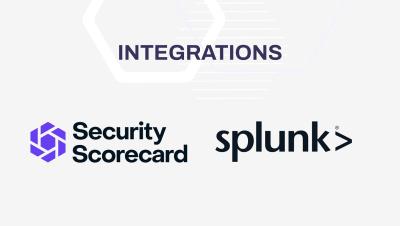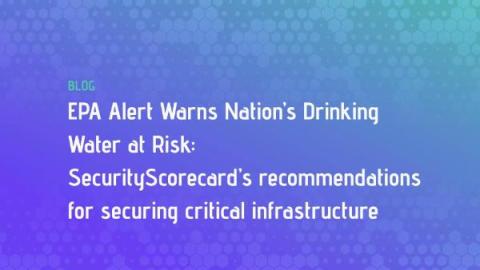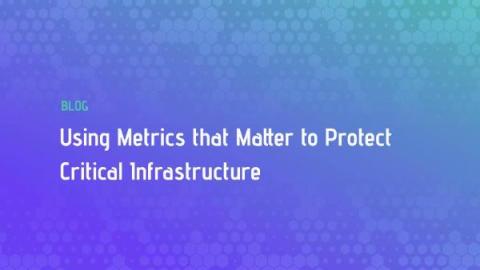SecurityScorecard Splunk Integration Overview
SecurityScorecard is the global leader in cybersecurity ratings and the only service with over 12 million companies continuously rated. The company is headquartered in New York and operates in 64 countries around the globe.













